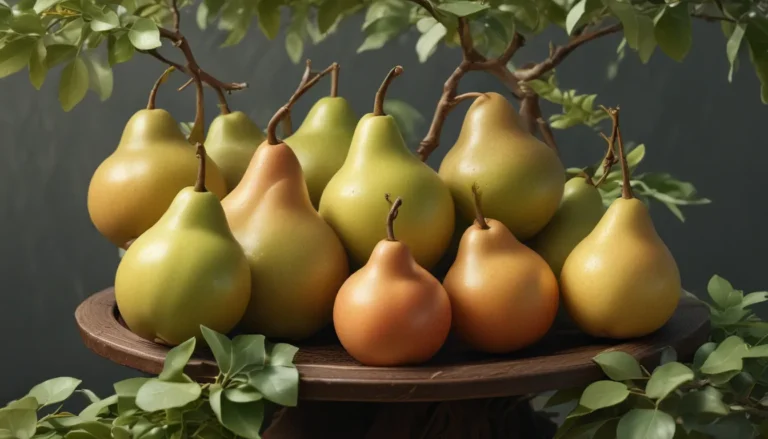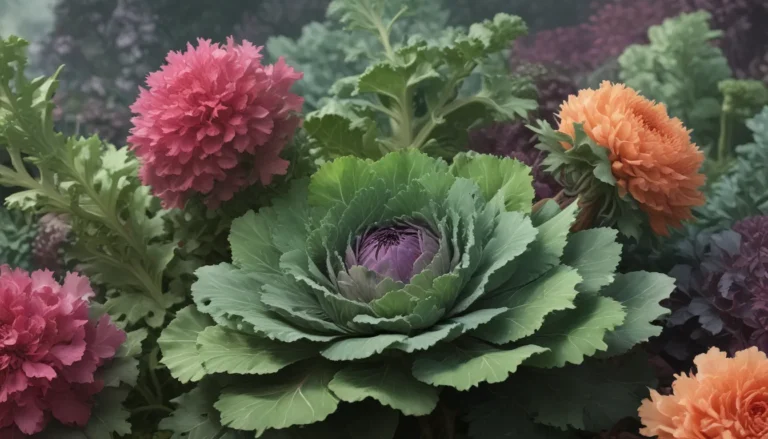A Comprehensive Guide to Successfully Transplanting Camellia Plants

If you’ve ever found yourself in a situation where you need to move your beloved camellia plant, you’re not alone. Whether it’s due to changing light conditions, the shrub outgrowing its space, or a relocation, transplanting camellias is a common practice that can be done successfully with the right steps.
In this detailed guide, we will walk you through everything you need to know about how to move and transplant your camellias while ensuring their continued health and vitality.
The Process of Transplanting Camellias
Before we dive into the specifics of transplanting camellias, it’s essential to note that if your plant is taller than four feet, it’s best to seek professional help. Moving a large shrub of this size requires specialized equipment to ensure the preservation of the roots and overall plant health.
In case you decide not to transplant your camellia or have concerns about its survival, consider taking cuttings to propagate a new plant. Camellia roots are shallow and wide, so keep this in mind when planning your relocation.
When to Transplant Camellias
The timing of when you should transplant your camellia depends on your location and climate. If you reside in colder, northern regions, aim to transplant in early spring. For warmer areas, you have the flexibility to move the plants in fall, winter, or spring, avoiding the blooming season and extreme summer heat.
Be prepared that moving the shrub may result in it not blooming the following year. This is a natural response as the plant focuses on acclimatizing to its new environment and establishing roots.
Pruning Before You Start Digging
Before you commence the digging process, it’s crucial to prune the branches of your camellia plant by about one-third. This preemptive pruning minimizes the shock to the plant when roots are inevitably severed during the digging process.
For more information on pruning camellias, refer to our comprehensive pruning guide to ensure you’re doing it right.
Starting the Digging Process
Once you’ve pruned your camellia, the next step is to dig a new hole in the area where you plan to relocate the plant. Ensure the hole is larger than you anticipate needing to avoid delays during the transplantation process.
To unearth the shrub, start by digging a channel all around the dripline, or even wider if possible. Dig as deep as you can along the channel to loosen the roots.
If the plant resists being lifted, continue to dig around the perimeter to locate any remaining roots. You may need to use pruners to snip stubborn roots or keep digging until the plant can be lifted out.
For larger plants, use a tarp or protective material to transport the plant to its new location while preserving the root ball as much as possible.
Transplanting the Camellia
Once you’ve prepared the new hole and unearthed the plant, gently lower the shrub into the new location. Ensure that the plant sits at the same level it was previously and adjust the soil as needed.
After filling in around the roots and watering the plant thoroughly, continue to add soil as necessary to reach the appropriate level. Over the next month or two, diligently monitor the plant’s water needs, ensuring it stays moist but not waterlogged.
Avoid fertilizing for the first six months after transplanting and keep a lookout for pests to provide the ideal conditions for your camellia to re-establish itself.
Final Thoughts on Plant Transplantation
While moving small plants may seem straightforward, relocating a significant shrub like a camellia requires careful planning and execution. By taking the time to preserve the roots and support the plant post-transplantation, you can look forward to enjoying your camellia thriving in its new environment.
Are you considering moving your camellia plant? Share your reasons for transplantation with us in the comments below.
If you’re interested in learning more about caring for camellias, check out these additional resources:
- How to Grow Camellias in Containers
- How to Protect Camellias from Winter Cold Damage
- 11 of the Most Beautiful Camellia Varieties to Grow at Home
Remember, proper care and attention are key to ensuring your camellia thrives in its new home. Happy gardening!
In this revised article, we have provided an in-depth guide to successfully transplanting camellia plants, covering essential steps and considerations for a smooth relocation process. By incorporating new sections and expanding on existing information, we aim to educate and inform readers on best practices for moving their beloved camellias.





